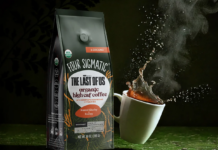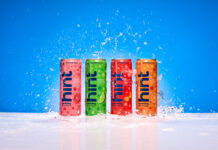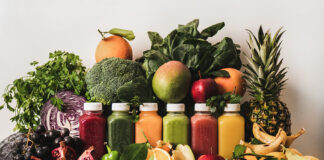
TABS Analytics recently released its 4th annual Food and Beverage Consumables Study, a survey-based report that looks at trends in where and how consumers shop for certain packaged foods.
Here are some of the highlights.
Sales of many packaged foods and beverages appear to be declining.
Based on survey respondents’ buying behaviors, only four of 15 packaged foods categories saw a rise in adjusted compound annual growth rate (CAGR).
Categories that grew:
- Sports drinks (2%)
- Salty snacks (1%)
- Novelties (1%)
- Water (1%)
Categories experienced no change:
- Crackers
- Cookies
- Frozen pizza
Categories that declined:
- Ice cream (-1%)
- Carbonated beverage (-1%)
- Yogurt (-1%)
- Candy (-1%)
- Popcorn (-2%)
- Cereal (-3%)
- Shelf juice (-3%)
- Refrigerated juice (-4%)
Promotions and deals influence shopping behavior.
According to the study, many consumers take advantage of deals or promotions when shopping.
- 90% of shoppers use at least one deal tactic regularly.
- 63% of shoppers use at least three deal tactics regularly.
Of deals that DO NOT require action by the consumer, the most popular were:
- Everyday low price at the shelf
- Private labels
- Large sizes
Of deals that DO require consumer action, the most popular were:
- Shopping and price-comparing at different outlets
- Circulars
- Loyalty programs
Millennials appear to use deal tactics less often than the overall population, with the exception of large sizes and private labels.
Online grocery may be struggling, while brick-and-mortar grocery stores continue to lead the way.
- 78% of respondents said they regularly shop at brick-and-mortar grocery stores.
- Only 4.5% said they regularly purchase food and beverages online, up from 3.9% last year.
- 31% bought groceries from an online retailer at least once this year, down from 34% last.
Organics and diet sectors may be stagnating.
- The percentage of respondents buying organic drinks and snacks fell from 13% last year to 11% in 2016. Younger consumers showed a greater interest in organics. However, all age groups, including Millennials, showed some decline in this area.
- The percentage of respondents buying diet or low-calorie drinks and snacks remained steady at 24%. Older consumers reported more interest in diet and low-calorie products. However, the 18-34 age group reported an increased interest in these products compared to last year.
For more details, or to download a copy of the full report, see the TABS Analytics website.









